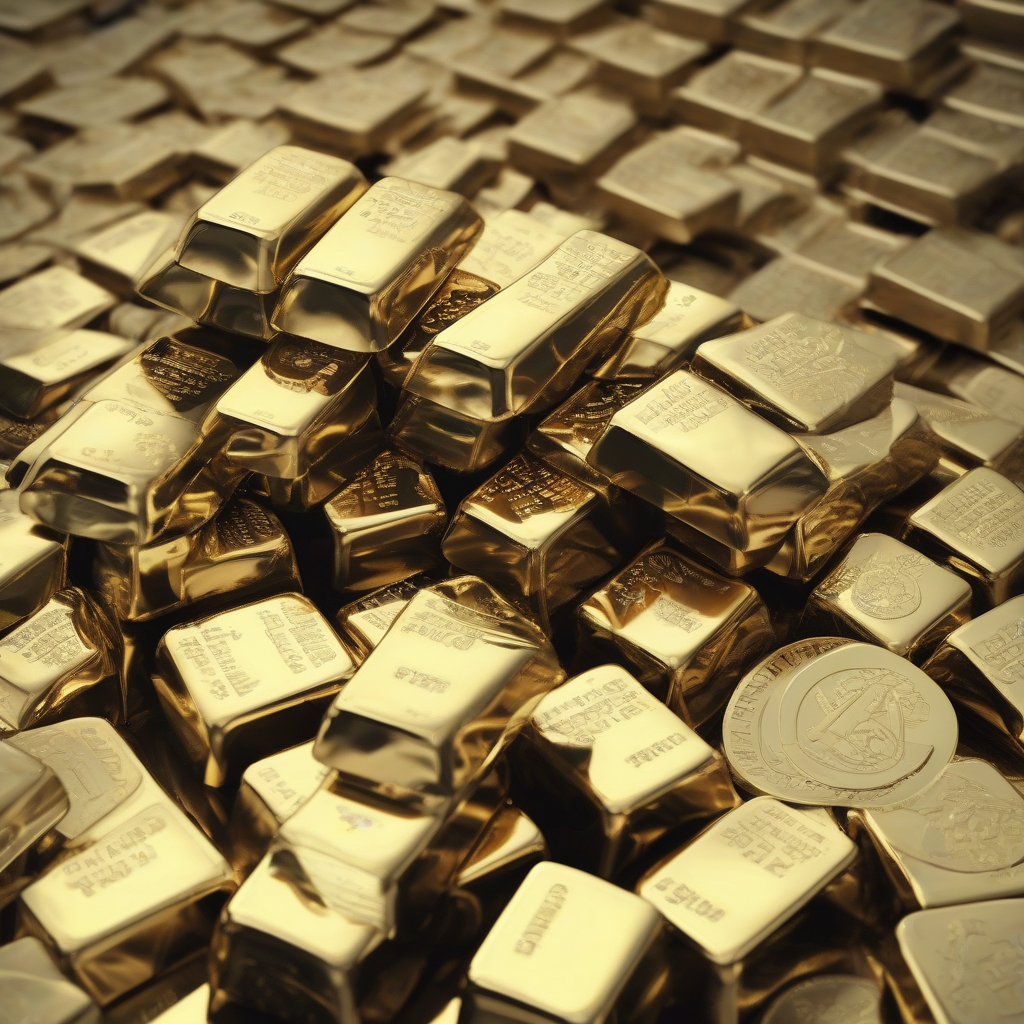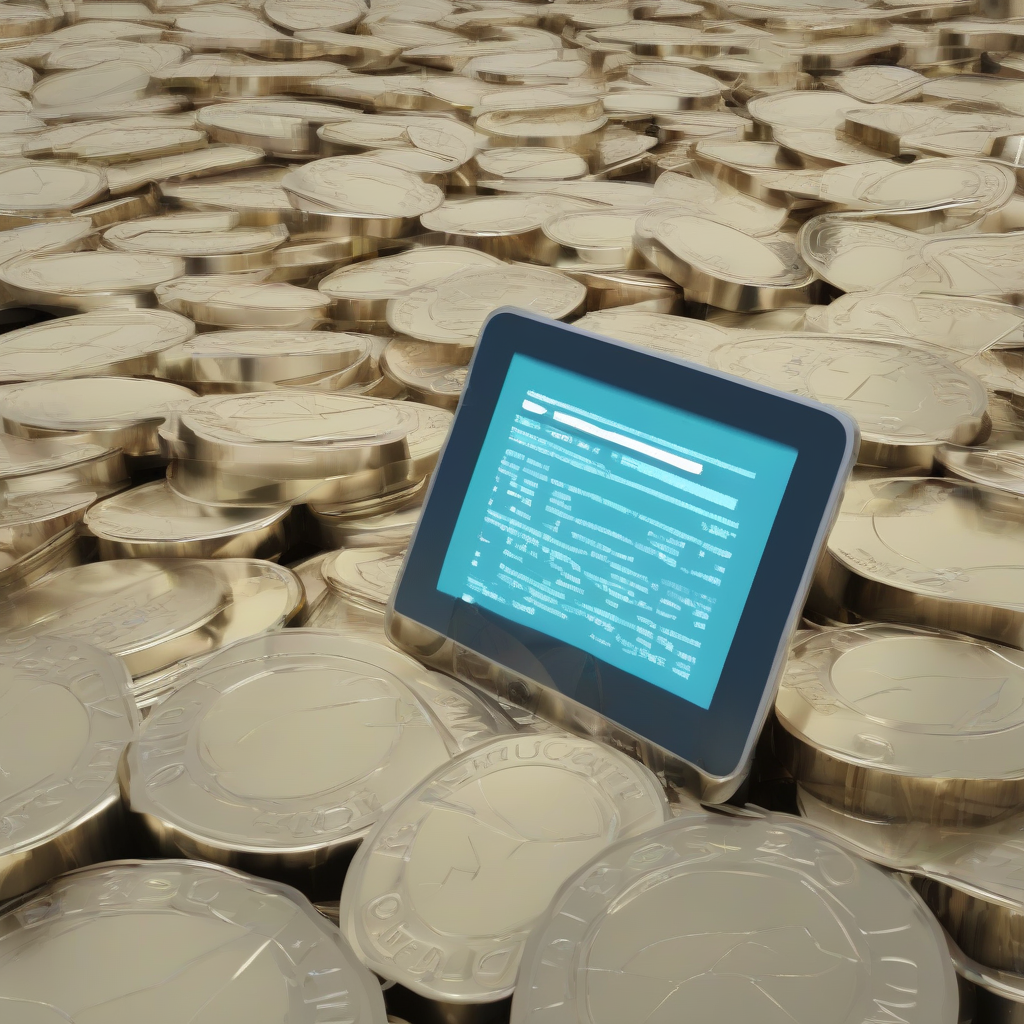Investing in Silver and Gold: A Comprehensive Guide for Beginners

Investing in Silver and Gold: A Comprehensive Guide for Beginners
Precious metals, particularly silver and gold, have been a popular investment choice for centuries. Their inherent value, scarcity, and historical track record as safe haven assets have attracted investors seeking to preserve wealth, diversify portfolios, and hedge against inflation.
Why Invest in Silver and Gold?
- Inflation Hedge: Historically, precious metals have outperformed other asset classes during periods of high inflation. As the value of fiat currencies declines, the purchasing power of gold and silver tends to increase, making them a valuable hedge against inflation.
- Safe Haven Asset: During times of economic uncertainty, political instability, or financial market turmoil, investors often flock to gold and silver, considering them safe haven assets. Their perceived stability and inherent value provide a sense of security amidst market volatility.
- Portfolio Diversification: Including precious metals in a diversified portfolio can reduce overall risk and enhance returns. Gold and silver tend to have a low correlation with traditional asset classes like stocks and bonds, offering potential downside protection during market downturns.
- Long-Term Value Preservation: Precious metals have a long history of holding their value over extended periods. Their finite supply and enduring demand ensure that they retain their intrinsic worth, making them attractive for long-term wealth preservation.
Types of Silver and Gold Investments
Physical Investments
- Bullion: Bullion refers to gold and silver in the form of bars or coins, typically with a purity of at least 99.5%. It is the most common form of physical investment and can be purchased from reputable dealers or online platforms.
- Numismatic Coins: These are collectible coins with historical or artistic significance. Their value is often driven by factors such as rarity, condition, and historical importance. Numismatic coins can be a more speculative investment compared to bullion.
- Gold and Silver Jewelry: Although jewelry is primarily designed for adornment, it can also be an investment option. However, it is essential to consider the inherent value of the metal, the craftsmanship, and the market demand for specific designs.
Paper Investments
- Exchange-Traded Funds (ETFs): ETFs track the price of gold or silver and allow investors to gain exposure to these metals without physically owning them. ETFs offer diversification, liquidity, and lower costs compared to physical bullion.
- Mutual Funds: Similar to ETFs, mutual funds invest in gold or silver stocks or assets. They provide diversification and professional management, but may have higher fees compared to ETFs.
- Futures and Options Contracts: These contracts allow investors to speculate on the future price movements of gold and silver. Futures contracts obligate the buyer to purchase the underlying asset at a predetermined price, while options contracts give the buyer the right, but not the obligation, to buy or sell the asset at a specific price.
Factors to Consider Before Investing in Silver and Gold
- Investment Goals: Clearly define your investment objectives. Are you seeking short-term speculation, long-term wealth preservation, or inflation hedging? Your goals will influence the investment strategy you adopt.
- Risk Tolerance: Precious metals can be volatile investments, particularly in the short term. Evaluate your risk tolerance and choose investment vehicles that align with your comfort level.
- Market Conditions: The prices of gold and silver are influenced by various macroeconomic factors, including interest rates, inflation, and economic growth. It is essential to analyze market conditions and identify potential trends.
- Storage and Security: Physical gold and silver require safe storage and insurance to protect against theft or damage. Consider the costs and logistical challenges associated with storing and securing these assets.
- Fees and Commissions: Investing in precious metals involves various fees, including purchase commissions, storage charges, and transaction costs. Be aware of these expenses and compare different options.
Advantages of Investing in Silver
- Industrial Demand: Silver has significant industrial applications in various sectors, including electronics, solar energy, and healthcare. This demand adds another layer of support to its price.
- Greater Volatility: Compared to gold, silver tends to be more volatile, offering potential for higher returns but also greater risks. It can be attractive for investors seeking short-term speculation.
- Lower Entry Point: Silver is typically less expensive than gold, providing investors with a more affordable entry point into the precious metals market.
Advantages of Investing in Gold
- Historical Stability: Gold has a long history of holding its value over centuries, establishing it as a reliable safe haven asset.
- Stronger Demand: Gold has a broader range of uses, including jewelry, technology, and investments. Its high demand provides stability to its price.
- Global Recognition: Gold is recognized as a global currency and a store of value across different cultures and economies.
Tips for Investing in Silver and Gold
- Do Your Research: Before investing, thoroughly research the market, understand different investment options, and choose reputable dealers or platforms.
- Diversify Your Portfolio: Don't put all your eggs in one basket. Diversify your investments across different asset classes to mitigate risk.
- Consider Long-Term Investments: Precious metals are typically considered long-term investments. Avoid short-term speculation and focus on their inherent value.
- Be Patient: Precious metals markets can be volatile. Avoid emotional decisions and stay patient with your investments.
- Consult a Financial Advisor: Seek professional advice from a qualified financial advisor to tailor an investment strategy that aligns with your financial goals and risk tolerance.
Conclusion
Investing in silver and gold can be a valuable strategy for diversifying portfolios, hedging against inflation, and preserving wealth. However, it is essential to approach these investments with a long-term perspective, understand the risks involved, and choose investment vehicles that align with your individual circumstances. By conducting thorough research, diversifying investments, and seeking professional guidance, investors can navigate the precious metals market and potentially reap the rewards of these valuable assets.
What's Your Reaction?
















